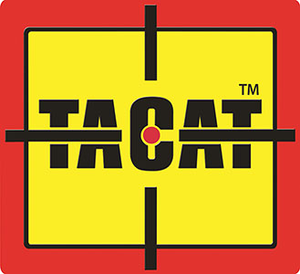Goose Marking May Help Explain Nesting Declines In Eastern Washington
Goose Marking May Help Explain Nesting Declines In Eastern Washington

OLYMPIA, WA – -(AmmoLand.com)- A Washington Department of Fish and Wildlife (WDFW) Canada goose marking effort, scheduled to take place this month, may help explain goose nesting declines in some parts of eastern Washington.
For the second consecutive year, WDFW biologists and volunteers plan to capture, band, and collar Canada geese in several rural and urban locations to compare migration, reproduction, and hunter-harvest of urban and rural-dwelling birds.
Information gained from band returns and collar reports submitted by hunters and birdwatchers could help explain a seven-year decline in goose-nest counts that led to cancellation of this fall’s two-day September goose hunt in eastern Washington.
Up to 500 geese, currently molting and thus unable to fly, will be captured using boats and mobile-trapping panels June 18 -26 at Sun Lakes State Park in Grant County, Sprague Lake on the Adams-Lincoln county line, the Pend Oreille River in Pend Oreille County, and locations in Wenatchee, Chelan, Tri-Cities, Yakima and Spokane.
The age and sex of each captured goose will be recorded. All will be marked with numbered aluminum leg bands and adult geese will receive white neck collars with number and letter codes.
Mikal Moore, WDFW waterfowl specialist, said waterfowl hunters can report the leg bands when geese are harvested, and the highly visible collars can be reported by any observer. Recapturing the marked geese at the same locations over five years will provide wildlife managers with information on annual survival, a critical measure of population stability.
“This study will allow us to compare harvest rates between local and migratory geese and harvest rates on various other Canada goose subspecies,” Moore said. “Until we initiated this study last year, we hadn’t examined many locally breeding Canada geese in eastern Washington for at least 15 years and we had never looked at the urban goose population as a whole. This will help us learn if urban birds are year-round residents or migratory.”
Urban goose numbers can rise dramatically when the birds do not migrate, or are not exposed to predators, hunting, and other factors that normally limit populations. Urban areas, which are closed to hunting, often provide new attractive habitats for geese. Direct feeding activities also contribute to goose population growth. More information on this topic is available at https://wdfw.wa.gov/wlm/living/canada_geese.htm .
“Our September goose hunting season focuses on local populations and is contingent on annual spring nest counts,” Moore said. “Those counts have been dropping in our mostly rural survey areas even though complaints about urban geese have been rising. The marking project will help biologists understand movements of geese relative to hunting areas.”
Because of ongoing population trends, the Washington Fish and Wildlife Commission canceled an eastern Washington Sept. 5-6, 2009 goose hunt at its April meeting, based on WDFW recommendations. When all waterfowl hunting seasons are set in August, WDFW will recommend the Commission shift the federally allotted two days to the October-January season when migrant geese are present in the state.
Last year’s first goose marking effort – which involved 422 geese in several similar locations – resulted in 41 band returns and numerous collar reports. Some of the band returns came from as far away as northern Alberta and Saskatchewan, although most were local.
Reports of band or collar codes, along with locations and dates, should be made to U.S. Geological Survey Bird Banding Laboratory at 1-800-327-BAND or online at https://www.pwrc.usgs.gov/BBL/homepage/call800.htm .
